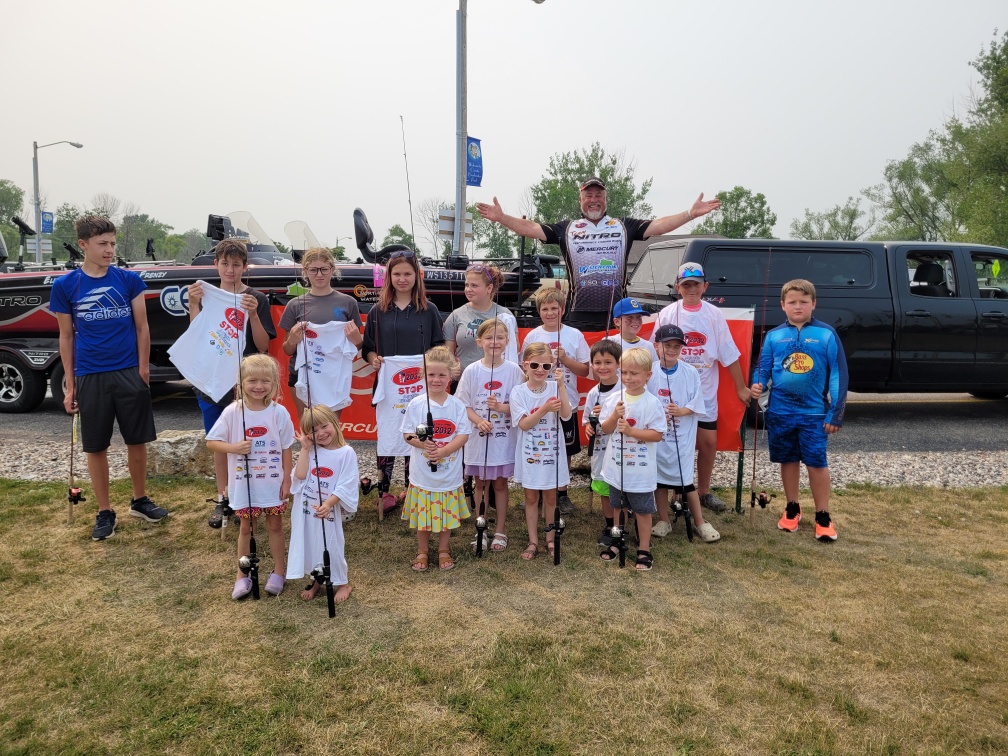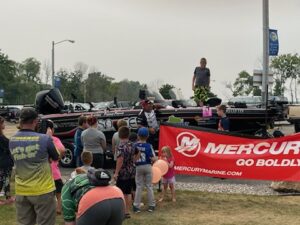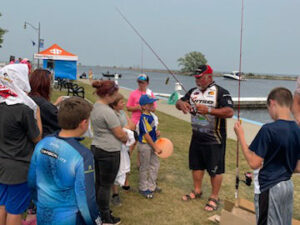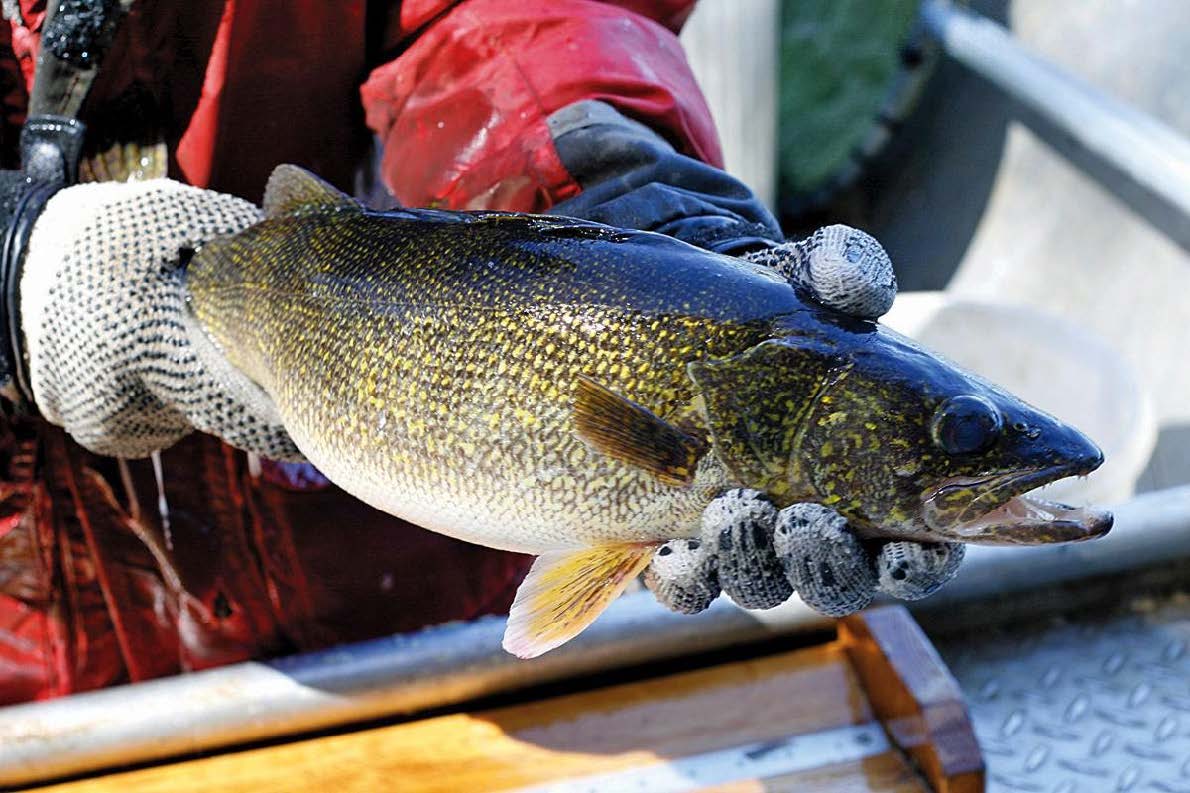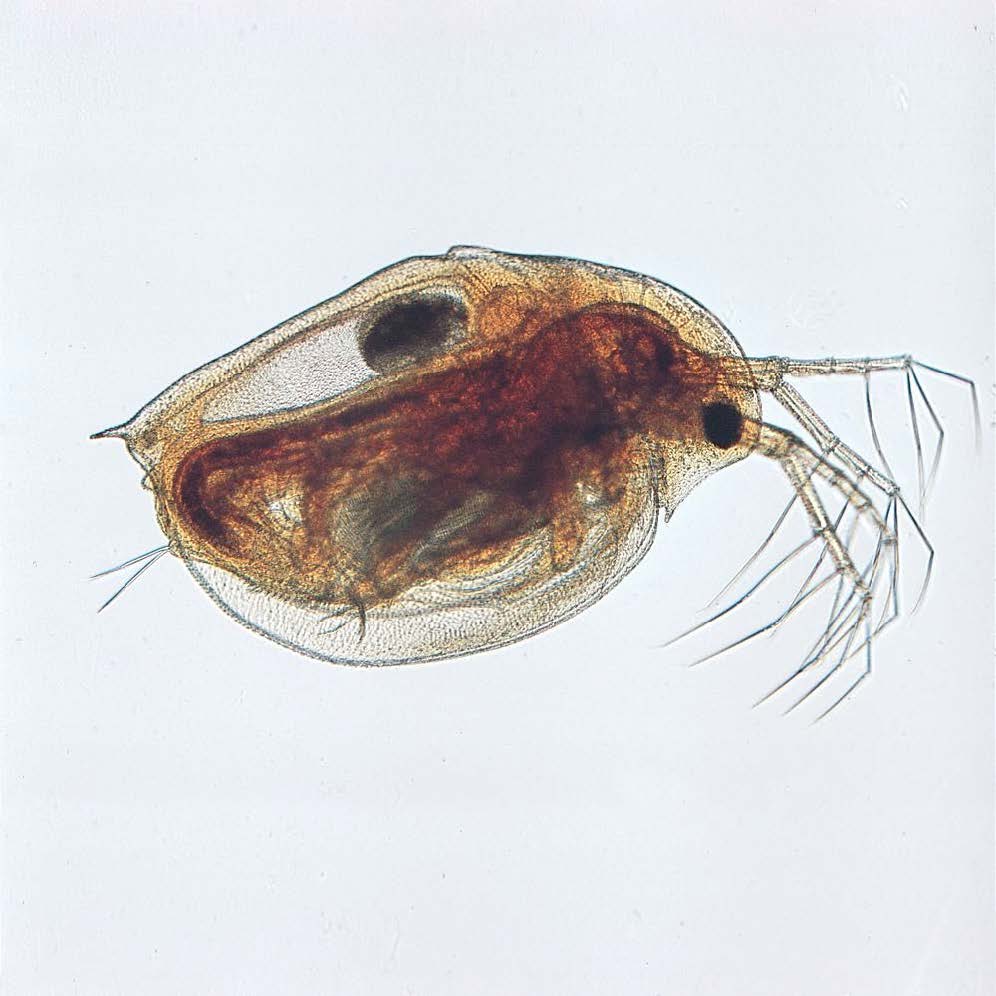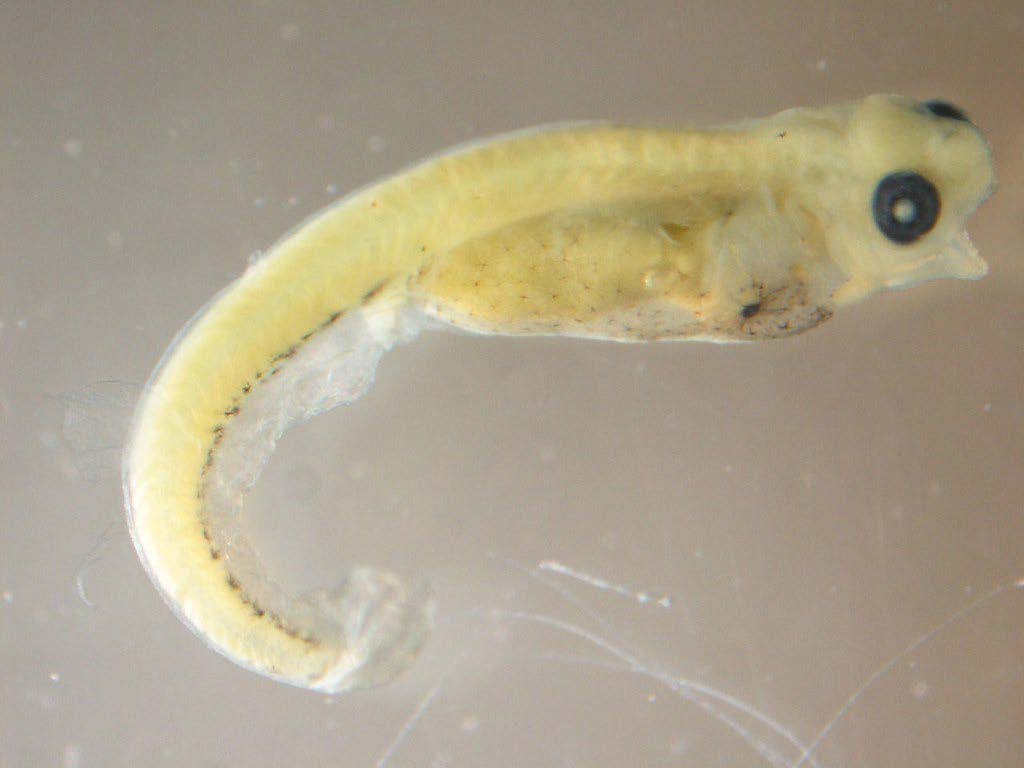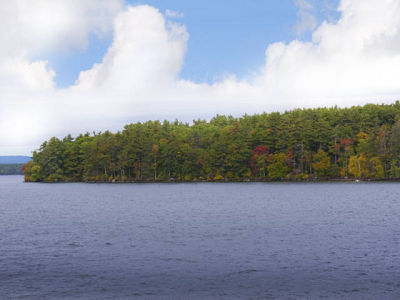This fish was tagged with tags purchased by WFT. It was caught on the south shore of Shawano Lake by a young man fishing with his family. The tag fell out and his father contacted me about returning the tag. ( George, This was caught on Bluegill hill. I know you will ask where for your next fishing trip here with your buddies.) Very cool info on this fish.
We are finding a much higher number of spawning walleyes traveling out of Shawano Lake through Washington Lake and then into Loon Lake to travel to the west end into a small creek that feeds Loon lake for spawning. We plan on walking this creek looking for the area that is being used for spawning. As always looking to improve the spawning area. When we find this we will build a 2026 budget and project plan.
So far we know about the Island and Rosenows point spawning beds on Shawano. It was thought that some walleyes spawned in a marsh area on the north end of Washington Lake. What one year’s data has shown is the fish by the marsh may be just staging there on the way up to Loon Creek.
The water level around the marsh is too deep to set antennas to see if the walleyes enter that area of the lake to spawn. The most traveled walleye that was tracked started in the Wolf River, Traveled through the channel to Shawano Lake. Traveled to Washington Lake and then to Loon Lake and Loon Creek.
I have not heard where she is spending the summer as all 3 lakes and Wolf river hold walleyes in summer. 800 Walleyes, 300 Northern pike and 40 muskie were tagged in this study. Funded by WFT, Figure 8 Musky cub and WI. DNR. The amount of information that was collected this spring is almost overwhelming to enter into study documents for the DNR. Good problem to have for the study, better than poor results.
It is planned to set the antennas again in the spring of 2025 and gather that year’s fish movement data.
Submitted by
Elliot Hoffman
Fisheries Technician – Advanced
Wisconsin Department of Natural Resources

